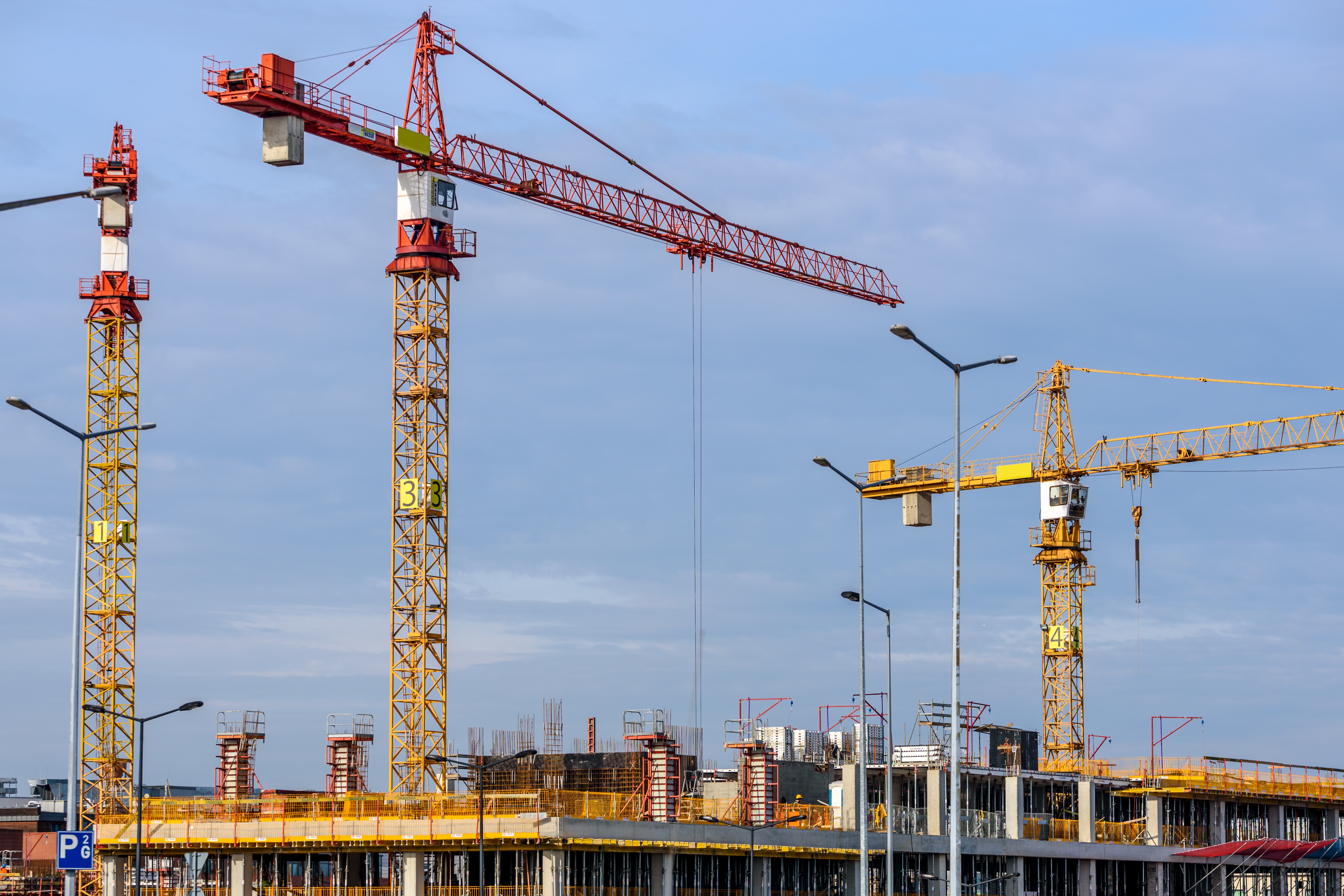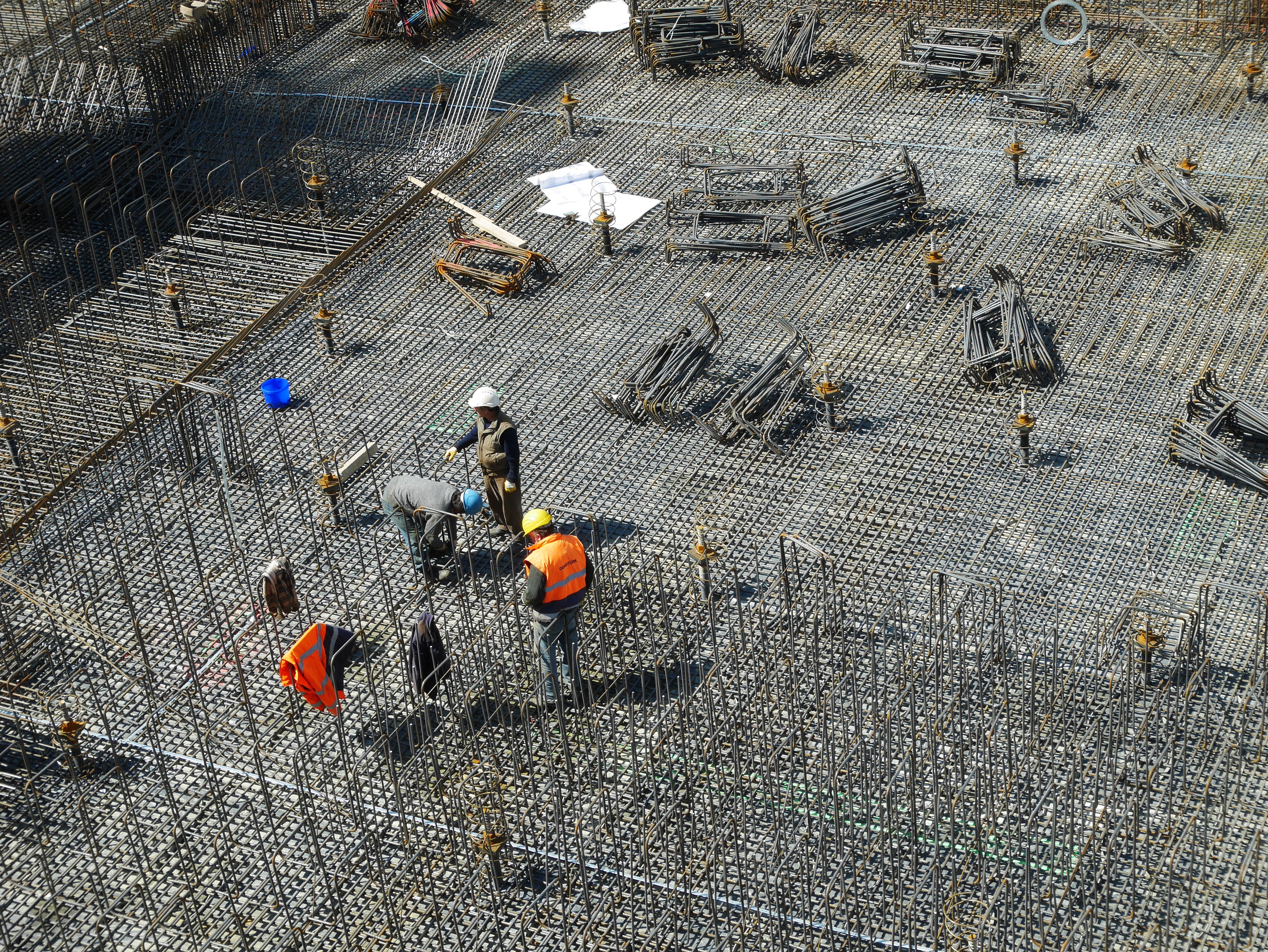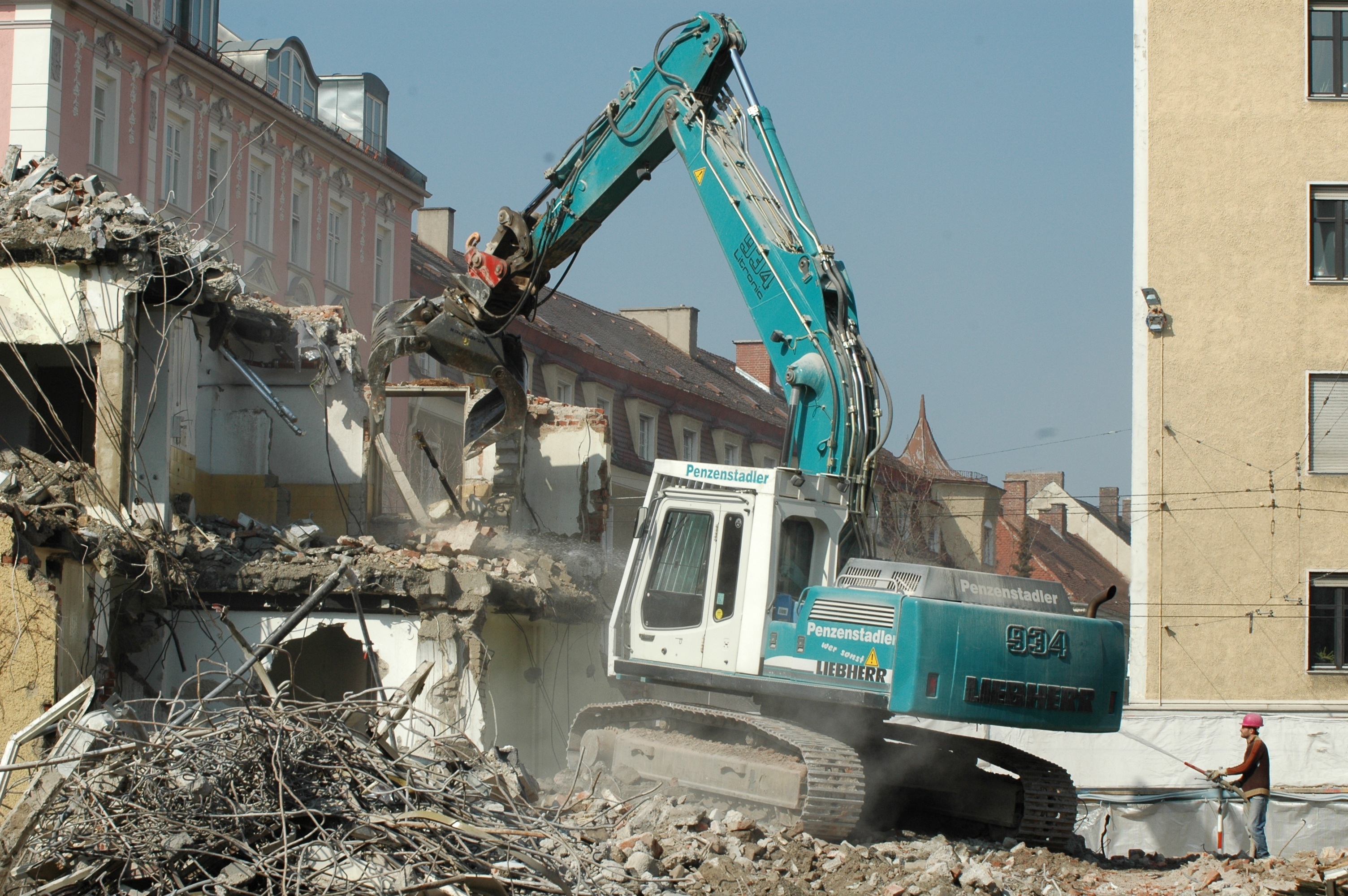The starting point
For many years, I worked in the construction sector as a structural engineer. I enjoyed my work, but there was something that increasingly bugged me. While the industry’s focus was on the capital cost of a building to the exclusion of operational costs, for carbon emissions it was the other way round - operational carbon was starting to be seen as important, but no-one was talking about the capital (‘embodied’) carbon of construction. In 2007 I moved into academia where I have now researched and written about embodied carbon of buildings - only one part of what we need to think about for our built environment, as we face a future increasingly affected by climate change.

What is the built environment?
Our built environment includes physical objects such as buildings, roads and pavements, sewerage treatment works and landfill sites. It also plays an essential role in our social world, providing us with shelter and warmth, belonging and protection, connections and barriers, and a sense of identity and history. It is an indispensable part of our physical and social lives.
However, it is also responsible for a huge 39% of all global greenhouse gas (‘carbon’) emissions. 28% of this is due to the operational carbon from heating, lighting and cooling our existing buildings, while the substantial remainder of the 11% comes from the embodied carbon of constructing new buildings each year.
So what is – and isn’t - happening about carbon?
Reducing operational impacts has been regulated in most countries for years. The energy efficiency of new buildings has improved, and emissions per square metre have been reduced. However, we replace our building stock in Europe very slowly, at less than 1% per year. This means over 80% of our existing building stock will still be standing in 2050.
Regulation on the whole still ignores embodied carbon impacts (although this has recently been debated in the UK). While in Europe, with an ageing building stock, embodied carbon is nearer 9% than the global average of 11%, that’s still a pretty huge impact to ignore.

And what should be happening?
If existing buildings use more operational energy than new ones, some people suggest we should demolish them as soon as possible, replacing them with new energy-efficient buildings. This is the argument of Marks and Spencer, who have been awarded planning permission to pull down their 1930s Oxford Street store and replace it with a new building with (they claim) lower operational emissions. However, Will Hurst, editor of the Architect’s Journal, has pointed out that only a tiny percentage of the embodied carbon cost of the replacement building will be ‘paid back’ each year through lower operational carbon.
His campaign #RetroFirst, asking for retrofit to be prioritised over demolition, is supported by the chair of the UK's Climate Change Committee as well as me.
In fact, calculations of whole life (operational plus embodied) carbon impacts show that we should almost always retain our existing buildings. Instead of demolition and rebuilding, the solution should be to retrofit existing buildings to make them more energy-efficient, with the main focus on improving insulation (and changing our energy behaviour), rather than just adding extra bits of kit such as heat pumps. While deep retrofit of buildings to bring them up to modern levels of energy efficiency also has an embodied carbon cost, this is under half the carbon impact of newbuild since the majority of embodied carbon is in the foundations and structural elements.
Is there anything else we should be concerned about?
There is a further reason why our buildings need retrofitting as the climate changes. In the UK our buildings are generally designed better for coping with cold winters than hot summers. In countries newly hit by heatwaves, an understandable response by individuals has been to buy portable air conditioners. But these use more electricity, adding to climate change, and also pump heat from inside the buildings to the streets outside, adding to the external urban heat island effect in a negative feedback loop. Instead of this, we need to retrofit passive cooling measures (ones that don’t require energy to run), such as better insulation, external shutters to keep the sun out, and planting trees for shading both streets and buildings.

So what is the answer?
There are solutions to reducing the huge impact of the built environment on the climate. But we need to accept that carrying on with business as usual won’t do this, however many new buildings claiming to be ‘net zero (operational) carbon’ are built, and however many heat pumps are installed.
First, we must retrofit as if our lives depended on it – as possibly they do. Fortunately retrofit also helps us adapt our built environment for future climates so that we can remain comfortable and safe.
Second, every proposed construction project – particularly those which propose the demolition of an existing building - should be required to calculate embodied as well as operational carbon and should be approved only if newbuild is really found to be the lowest carbon solution.
Finally, where a new building is essential, design and materials should be selected from the start to have the lowest emissions.
Only through all three of these approaches will we be able to reduce our built environment emissions in line with our climate reduction targets.



Rate and Review
Rate this article
Review this article
Log into OpenLearn to leave reviews and join in the conversation.
Article reviews